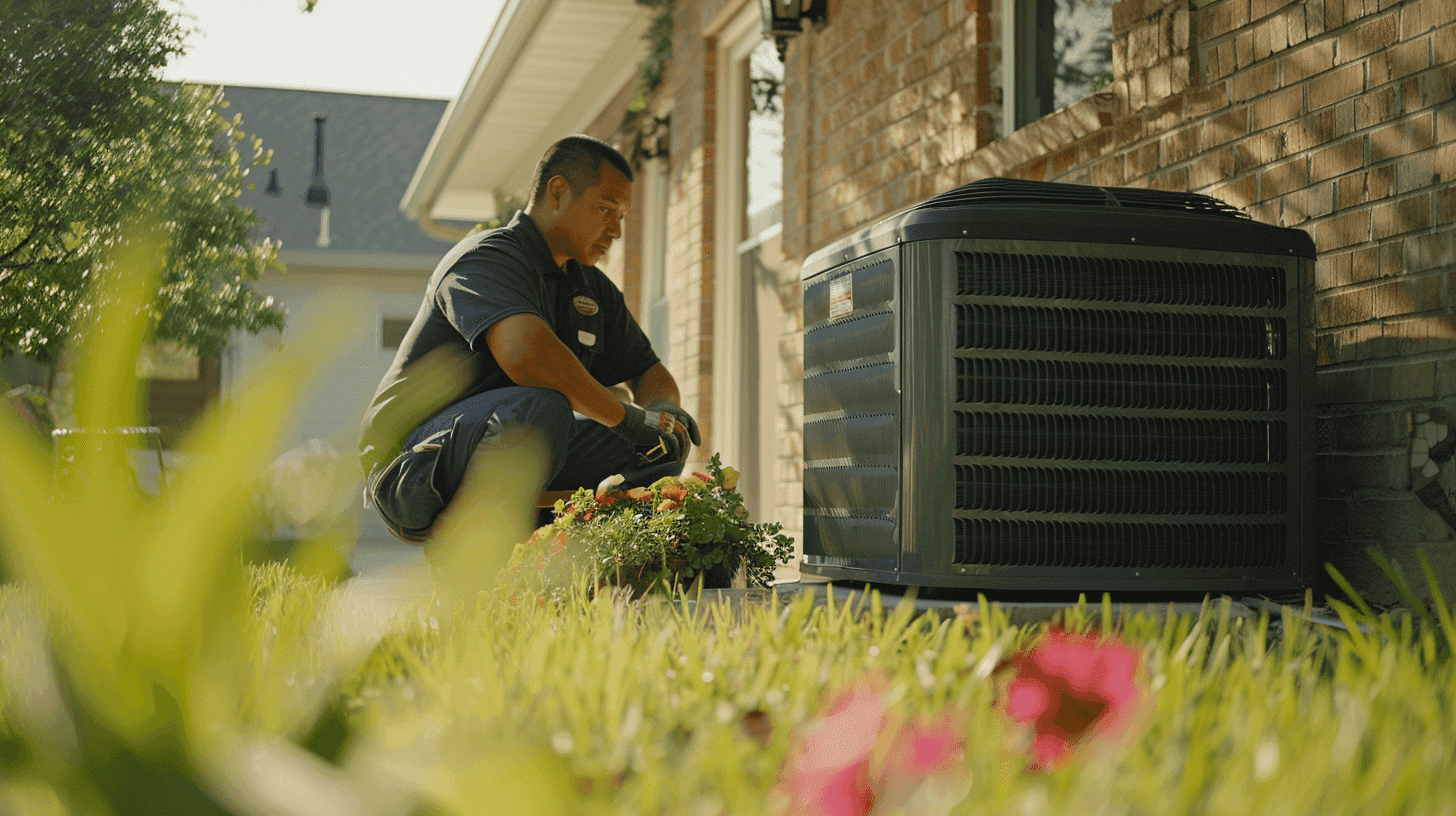
Home heating oil prices: what can you expect to pay?
Sharing your quote takes less than a minute

Home heating oil prices will cost homeowners $1,734 on average this winter, an increase of 43% compared to last year. Approximately 5.5 million homes in the U.S. are heated with oil, and the cost to stay warm isn’t cheap.
The cost of heating oil has nearly doubled since this time last year. As the coldest months unfold from the calendar, many homeowners are trying to modify monthly expenses to afford the rising fuel cost.
What impacts heating oil prices?
As with many consumer goods, heating oil prices shift with marketplace demand. When there’s little demand for the fuel, prices remain stable.
Supply and demand
October through March, when homeowners use the most heating oil, prices increase. For example, the average homeowner in the northeast may use 800 to 1200 gallons of heating oil throughout the winter. Very little oil is needed in the other months.
Crude oil prices
The U.S. Energy Information Administration identifies the cost of crude oil as a “major component of the price of heating oil.” The global marketplace demand for crude oil determines the cost.
The economy, weather, and other factors can affect the demand for crude oil. Supply of the fuel is also affected by weather and the amount of oil produced by members of the Organization of the Petroleum Exporting Countries (OPEC).
Local markets
If you discover a number of options when you search “heating oil prices near me,” you’re in a good position as a homeowner. The number of local suppliers will cause oil prices to vary by region.
Areas with a large number of competing suppliers will likely have lower heating oil prices. Regions with few options may cost homeowners more to stay warm.
An old furnace and oil prices
Does an old furnace use more oil? Yes, but not necessarily because it’s old.
Furnaces made before 1992 offer about 70% efficiency. Meaning, 70% of the energy being created is converted to heat. The other 30% is lost.
The National Appliance Energy Conservation Act of 1987 mandated that all furnaces offer a minimum 78% efficiency rating beginning in 1992. Comparatively, modern furnaces can achieve efficiencies as high as 97%, which means nearly all of your burned heating oil is used to warm your home.
If you inherited an old furnace with a recent home purchase, expect to spend more for heating oil to maintain your desired temperature.
Heating oil prices in the Northeast
The Northeast region of the U.S. accounts for about 81% of all homes that rely on heating oil as their primary source of heating. The top residential heating oil-consuming states are:
- New York
- Pennsylvania
- Massachusetts
- Connecticut
- Maine
The heating oil prices in these states are often comparable to one another. There are some variances, depending on demand and the time of year. Explore heating oil prices by state below:
Cost to convert from oil to gas heating
The cost to convert an oil-heating home to gas-heating will vary depending on a number of factors. It should also be noted that depending on the current utilities in your area, a complete oil to gas conversion may not be possible.
Costs to consider:
- High-efficiency gas furnace
- Gas line connection to your home
- Gas line installation costs
- Labor and material costs
- Cost per foot
- Gas line from street to house
- Connecting to a gas main
- Gas shut-off valve
- New gas meter
- Connecting propane tank to gas line
The cost to convert from oil heating to gas can fall between $6,000 and $13,000, depending on your location and the amount of work that needs to be done. Converting to natural gas will require you to reach out to your local utility company and an HVAC expert.
Steps to convert from oil to gas heat
To start the process, reach out to a trusted contractor or HVAC expert in your area. They’ll complete an assessment of your home to determine if gas heat is an option. If the conversion is possible, the following steps are a part of the typical process:
- Contact your local utility company. An energy specialist will offer potential costs for the company to complete necessary work. They’ll also provide a timeline and guide you on rebates from the state.
- Contractor or HVAC specialist requests permits. The utility company will let you know what permits you need, and the contractor will request them from the proper municipality.
- Mark underground private lines. The utility company will scan for public pipes and lines, but you’ll need to mark utilities like your sprinkler system, invisible fence, or lighting.
- Contractor connects new equipment. Once the gas lines are installed, your HVAC specialist can install the new gas-fueled equipment.
- Schedule a safety inspection. Your contractor may handle this step, but you’ll need a safety inspection and to have your meter set.
- Municipality inspection may be needed. Check the permits to determine if an inspector from your municipality needs to inspect the new gas-fueled equipment.
Keep in mind that utility companies will backfill after trenching your lawn for the gas line, but may not repair any disrupted landscaping. That may be an additional cost to consider.
Oil vs. gas furnace: which is right for you?
If you’re in the market for a new furnace or simply want to know if converting from oil to gas heat is worth the cost, there are three primary factors to consider. When it comes to oil vs. gas heat, you’ll want to research efficiency, fuel cost, and equipment cost.
Furnace efficiency
The Annual Fuel Utilization Efficiency (AFUE) is the furnace efficiency rating. A higher rating indicates higher efficiency.
Oil furnaces typically have an AFUE rating between 80% and 90%. However, most modern gas furnaces have a higher rating, between 89% and 98%.
Fuel cost
Natural gas is substantially cheaper than heating oil. Fuel costs began to spike ahead of the winter season in 2021. High energy prices mean everyone will pay more to heat their home compared to last year.
Homes heated by natural gas will pay $746, on average, from October to March. That’s a 30% increase over last year but still far less expensive than oil.
Heating oil prices this winter will cost the average homeowner $1,734. Just one year ago, heating oil cost some $500 less.
While energy costs will be an ongoing expense no matter your furnace choice, the upfront equipment costs do vary.
New furnace cost
The cost of a new furnace will depend on the style you choose. On average, you’ll pay more upfront for a gas furnace compared to an oil-fueled unit.
The average price for a new gas furnace is $2,250. Select the best furnace brand for your home based on your priorities. If value is your goal, Rheem is a good place to start. For an energy-efficient model, browse the Trane selection.
The average price for a new oil furnace is $2,300. Installation of an oil furnace is typically more expensive than installation of other styles.
Is heating with oil good?
Home heating oil prices today make it pretty pricey to stay warm. Nonetheless, many oil furnace owners swear by the heat produced by the units.
If your home is already equipped to be serviced by natural gas and you don’t plan to move in the coming years, converting from oil to gas heat may save you money over time.
When you receive a quote for a new furnace, QuoteScore from HVAC.com can analyze it to determine if it’s a fair deal.
Sharing your quote takes less than a minute




